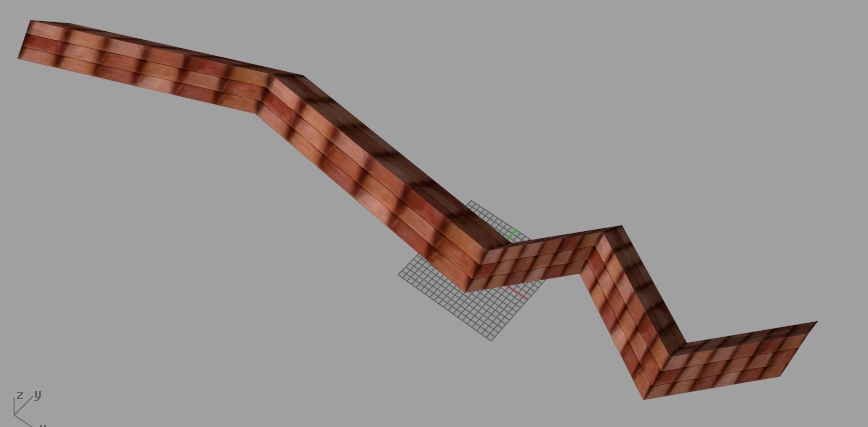Hey, though I've been modeling in Rhino for a while now, I'm just starting to apply textures (always done all that work in PS afterwards) and I've got a couple questions. First considering the shape of the building (changes in roof plane, etc.), and the material I'm using (a simple metal cladding pattern on both the roofs and facades) what texture mapping method would be the most efficient? I think I'm probably using an inefficient method right now by breaking up the roof into separate planar mappings so that I can control the size and orientation of the cladding tile. Is there a way to map the whole thing at once? Would really appreciate a word of advice or a link to a tutorial if you know of one.
While I'm here, what would the most efficient method be for meshing the scene before I render it. I'm already running out of memory doing test renders (all the trees, I imagine). I have Micha's toolbar and have used his export mesh and render button and it has worked, though I noticed that the materials needed to be reassigned.
Lots of questions, but thanks for any help.

While I'm here, what would the most efficient method be for meshing the scene before I render it. I'm already running out of memory doing test renders (all the trees, I imagine). I have Micha's toolbar and have used his export mesh and render button and it has worked, though I noticed that the materials needed to be reassigned.
Lots of questions, but thanks for any help.



Comment